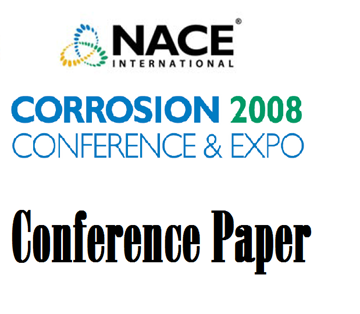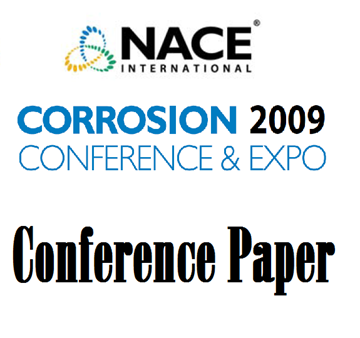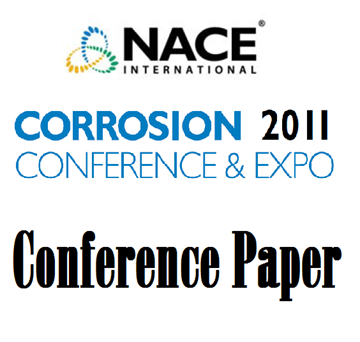Search
Corrosion Monitoring and Control
View as
Sort by
Display
per page
08173 Cavitation and Erosion Damage of Reboiler Stripper Tubes in Gas Manufacturing Industry
Product Number:
51300-08173-SG
ISBN:
08173 2008 CP
Publication Date:
2008
$20.00
08558 A Refinery Approach to Address Corrosion Under Insulation & External Corrosion
Product Number:
51300-08558-SG
ISBN:
08558 2008 CP
Publication Date:
2008
$20.00
09135 Practical Considerations for Effective Corrosion Under Insulation (CUI) Management from a North Sea Perspective
Product Number:
51300-09135-SG
ISBN:
09135 2009 CP
Publication Date:
2009
$20.00
09194 Evaluation of Crevice Corrosion Resistance of Duplex and Super Duplex Stainless Steels for Seawater Pumps
Product Number:
51300-09194-SG
ISBN:
09194 2009 CP
Publication Date:
2009
$20.00
09555 Remote Monitoring of Cathodic Protection Using Smart Test Stations
Product Number:
51300-09555-SG
ISBN:
09555 2009 CP
Publication Date:
2009
$20.00
10028 Implementing Remote Wireless Monitoring of Pipeline Integrity and Cathodic Protection
Product Number:
51300-10028-SG
ISBN:
10028 2010 CP
Publication Date:
2010
$20.00
10278 A Parametric Study of Sour Corrosion of Carbon Steel
Product Number:
51300-10278-SG
ISBN:
10278 2010 CP
Publication Date:
2010
$20.00
10305 316 Stainless Steel Instrument Tubing in Marine Applications
Product Number:
51300-10305-SG
ISBN:
10305 2010 CP
Publication Date:
2010
$20.00
10354 Case Studies of Corrosion Failures in Oil Refineries
Product Number:
51300-10354-SG
ISBN:
10354 2010 CP
Publication Date:
2010
$20.00
10359 Prediction, Monitoring, and Control of Ammonium Chloride Corrosion in Refining Processes
Product Number:
51300-10359-SG
ISBN:
10359 2010 CP
Publication Date:
2010
$20.00
11248 Choosing Better API RP 14E C Factors for Practical Oilfield Implementation
Product Number:
51300-11248-SG
ISBN:
2011 11248 CP
Publication Date:
2011
$20.00
11334 Green Shelters Dehumidification for Corrosion Attenuation & Improved Maintenance Flexibility
Product Number:
51300-11334-SG
ISBN:
11334 2011 CP
Publication Date:
2011
$20.00












